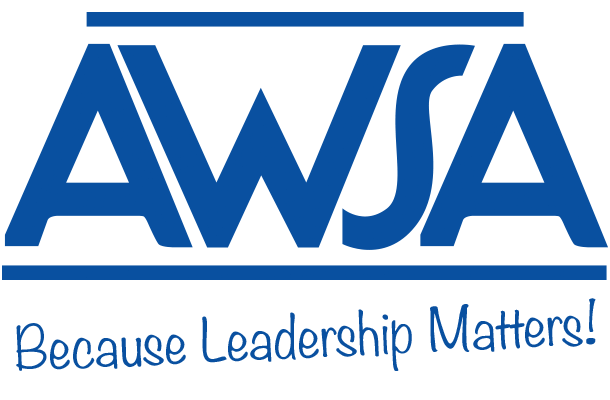Your Leadership Matters: Leveraging EE for More Impact in 2024-25By Dr. Joe Schroeder, Associate Executive Director, AWSA Throughout the twelve-year existence of Educator Effectiveness (EE) in Wisconsin, there have been two constants: (1) EE’s founding purpose to improve practice and support for adults so that student outcomes improve and (2) the considerable commitment required for meaningful EE implementation. Meanwhile, I have witnessed two key variables related to its impact: (1) the mindset folks bring to EE and (2) the approach that leaders use for local implementation. As a new school year gets underway, this article aims to: A) Highlight EE requirements, updates, and resources across both major approved models and
B) Encourage you to use EE approaches that secure a higher result on teacher practice and student learning for all the effort.
Since its inception a dozen years ago, DPI has allowed Wisconsin districts to select either the State model, the CESA 6 model, or another DPI-approved equivalency model for implementation. In most cases, districts are using either the DPI/State model or the CESA 6 option. This summer, DPI announced several key changes in EE for those using the DPI/State model, whereas CESA 6 largely continues as it has for some years in its approaches. Among some of the core requirements and key updates within the DPI/StateI EE Model:
Among some of the core approaches and key updates within the CESA 6 EE Model:
Over the past twelve years, I have written and spoken on numerous occasions to encourage Wisconsin leaders to leverage legitimate flexibilities from how Educator Effectiveness was originally launched/understood in order to ensure significant impact from all the EE effort. Moreover, AWSA Thought Leaders groups we have convened at different junctures over the years have typically affirmed findings like these:
Therefore, given this background, I encourage you to consider using an approach of short, frequent classroom visits and regular targeted feedback on a focused set of practices for each teacher that you observe. For those interested, the CESA 6 process for Rapid Cycle Feedback provides a good overview. I say this because, in many ways, Educator Effectiveness in Wisconsin remains a tale of two starkly different scenarios based largely on the mindset and approach that folks employ in their local setting. In districts representing Scenario A, EE is viewed as a compliance-focused, component-chasing exercise of formal observations, where evaluation is generally “an event” rather than an ongoing process of targeted feedback aimed at continuous improvement. Is it any surprise then that in such places EE is viewed negatively and has little impact? However, in districts representing Scenario B, schools embed EE within a data-based continuous improvement process, focusing on a “vital few” number of adult practices aimed at addressing data-based student learning needs, where frequent, usually unannounced mini-observations and follow-up feedback conversations occur to support educators in the ongoing challenges of transforming adult work, particularly upon the vital few practices of local focus. In such instances, teachers are often receiving short mini-observations and feedback conversations 6-10 times per school year through an approach coined “rapid cycle feedback.” Moreover, school/districts living in such a Scenario B context reap other benefits to their efforts. Namely, statewide formal evaluation results have found that robust implementation of the EE System process improves the quality and use of professional performance feedback as well as student achievement, while also closing achievement gaps. Findings also suggest that the Wisconsin EE System improves school culture and retention rates. In summary, leadership matters greatly. With EE in particular, the mindset and approach that leaders employ over time to the development and use of EE practices are integral to building the sort of high expectations/high support culture of continuous learning and improvement where adults and students can most thrive – or not. Therefore, at AWSA we strongly encourage you to find means for embracing and/or deepening a Scenario B Educator Effectiveness approach and mindset into your local setting in 2024-25 so that you can move the needle for all students and adults that you serve. In case you are unaware, please note that many AWSA academies offer development of these critical supervisory feedback skills, for example, in both our Impactful Coaching Academy and Launching Academy. We also would be happy to connect you to leaders in Wisconsin who have been underway with such an approach for some time, so please let us know how we can help you assist more teachers and students in becoming their very best. |
